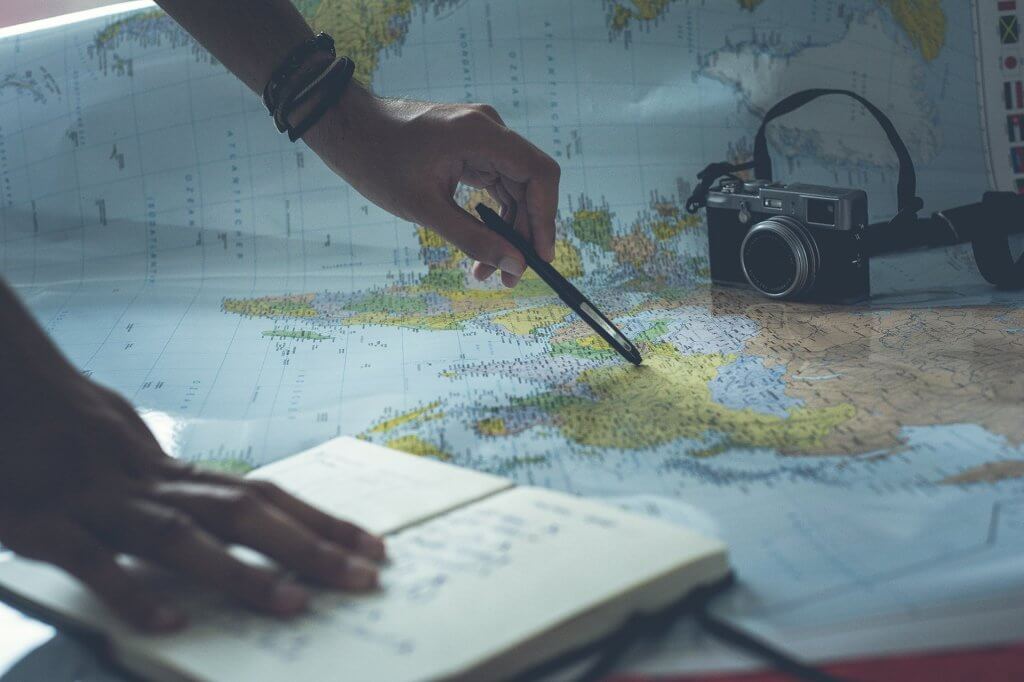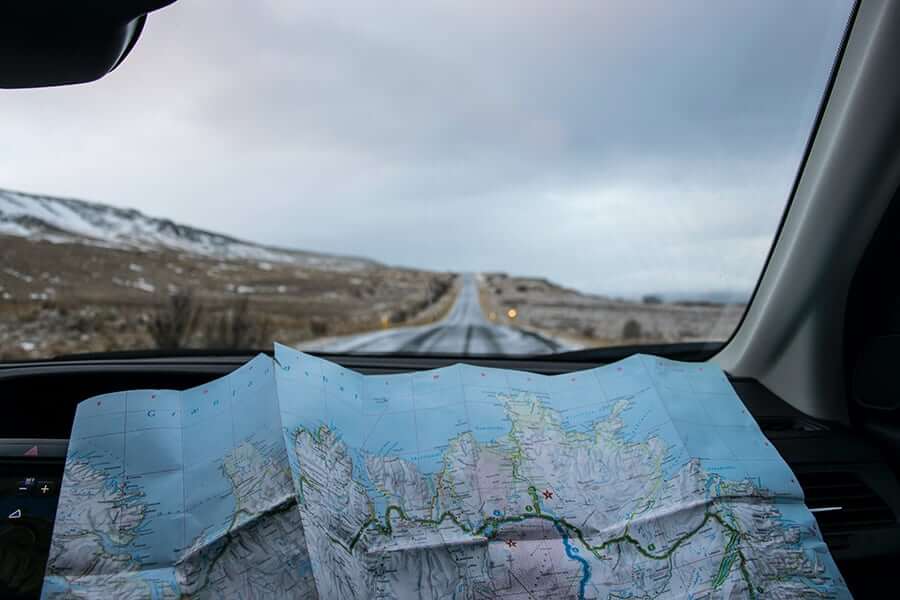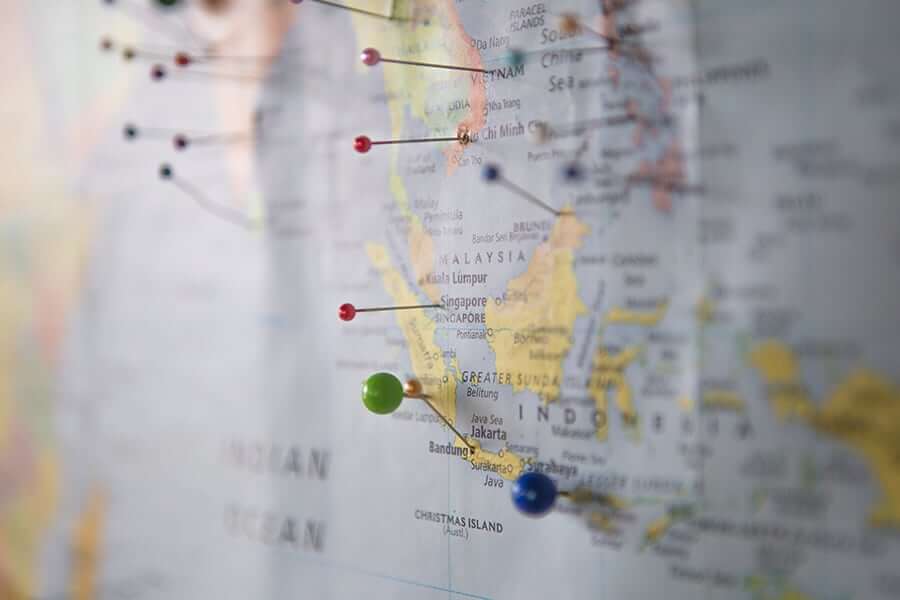
Before starting to travel, I didn’t take many vacations.
I was one of those “didn’t know I loved it ’till I saw/tried it for myself” when it came to travel – but part of that was also “didn’t know it was even a realistic possibility to make happen for myself ’till I fell into it and had to swim or sink.”
The vacations I did take – family vacations where I came along passively, but gladly, accepting the forced change of scenery I had nothing to do with planning or realizing – I remember how those 1-2 weeks seemed like forever. What a difference in culture, day-to-day life, weather, weather again, and so forth.
These days, I feel very grateful for genuinely not really knowing what I’d even do with “only” having 1-2 weeks in a place, over and over again.
To me, the 1-2 week range – really anything less than a month, but for cultural reasons more than anything else it’s usually thought of as the otherwise completely arbitrary 1-2 week mark – I consider exceptionally “short term” when it comes to planning an amount of time to be somewhere.
That range is still the territory of vacations. And vacations are still valuable, even in a life where you’re already living every day where other people can only vacation.

In that case, the timeline applies more so to a single trip rather than picking a destination, since when it comes time to take one, I find it’s much more practical to take vacations within the country itself, visiting places that maybe don’t have the logistics to support normal day-to-day living extended periods.
Other than that, from the lens of long-term travel, making 1-2 week movements on a regular basis tends to get unsustainable pretty quickly, from a mental, physical, and even logistical perspective.
In the case of the first two, there is both a physical and emotional stress that comes along with uprooting the human body repeatedly and vigorously within short periods of time – no matter how much the pressurization inside the cabin is designed to make us feel like it’s totally normal (and thank science that we have that much).
Like What You See?
For the latter, there’s not only the kind of underlying stress or pressure to always feeling hurried to have to be doing something (which also contributes to the other stresses), but also the sheer logistical overhead involved in constantly being in “the state of planning”, where the majority of the – let’s face it, significant – portion of time you spend planning out daily “basics” like where you will physically be (whether it’s where you sleep or where you go when you aren’t sleeping) or what you will eat, is massive in relation to the time spent actually doing those things.
And most of that time is spent on one-time activities, meaning it just has to be repeated again and again, each and every time.
Small Commitments for Low Priorities
Besides the benefit of vacations while you’re staying in a place, however, I find another useful purpose for the 1-2 week time frame of picking how long to stay in a place, and that’s taking advantage of the logistical opportunity that arises between switching locations you’d otherwise dedicate a greater amount of time to.
That switch – which, say you’ve been living somewhere for two months, and now you want or have to pack up to go somewhere else for another substantial stint – puts you in a situation where you’re in “travel mode” in both a mental and logistical sense.

You’re packed up, life wrapped up, geared to be much more mobile, at least for a while, but right in the process of transitioning to another period of however long, where for that period, you will no longer be those things, as you want to enter into a place for a longer period and get to know it.
So why not use those circumstances as a convenient way to fit in that shorter-term travel?
Usually, what I’ll use this time between countries for, is to visit other countries that I consider “low priority” for some reason or another.
This normally means either that I’m moderately curious or interested in the country in general, but don’t want to make the bigger commitment to staying there for the amount of time I’ve become accustomed to staying in a place that I’m more interested in, or, in a similar vein, that I specifically have only a handful or less of things I want to do/see there, again not really warranting a full commitment for a longer period of time.
In this way, you really can have your cake and eat it too – in enjoying the benefits of greater stability and deeper experiences that come with the fuller immersion of a longer term stay, while still being able to go fast and all the benefits of that from time to time, taking advantage of the “moving around” mindset you are already in when you happen to move from place to place.
